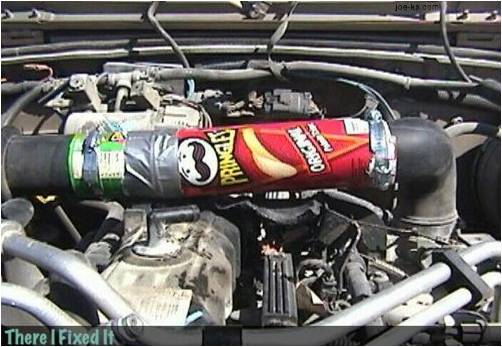The Growing Service Knowledge Gap
Maintaining, servicing and repairing complex vehicle systems is a growing challenge for OEMs of automotive and off-highway equipment. Multiple research studies I conducted in the automotive and off-highway industries demonstrate the magnitude of the problem:
- Typically, repair shops are able to fix about 80% of the cars during the first customer visit. While about third of all auto dealerships manage a respectable first time fix (FTF) rate of 90%, nearly 20% of dealership manage a disappointing FTF of less than 70%.
- When OEMs audit repair activities for warranty reimbursement and quality assessment, they are unable to detect a failure in 37% of replaced parts and mark them as “no fault found” (NFF).
Poor service performance levies significant financial and logistics burden on OEMs, tarnishes the brand image and damage customer loyalty.
An obvious observation is that the increase in vehicle technology complexity, and, in particular, electric powertrains, advanced infotainment systems and telematics, are the prime contributors to service difficulties. We can only expect dealership technicians to face similar, if not greater, obstacles handling the upcoming wave of connected car technologies.
While new vehicle technologies can certainly pose significant hurdles to delivering effective, efficient and safe service, engineers and service planners should bear in mind additional operational issues that further lessen the capacity of service organizations to deliver excellent service:
- Accelerated time to market of new products and subsystems, and late release of software-based components reduce the organization’s ability to learn, author relevant service information, and conduct effective training.
- The increase in the number of product variants and frequent software updates, coupled with increase in reliability, reduce the hands-on experience of service technicians and increase their reliance on high quality training and service information.
- The industry, as a whole, is experiencing knowledge attrition and skill shortage caused by the gradual retirement of an aging workforce and difficulties attracting, training and retaining skilled technicians.
Closing the Chronic Service Knowledge Gap
To improve service, product companies should view service lifecycle management (SLM) not as a mere tool to manage service transactions, but rather as a strategy to manage service knowledge and close the chronic knowledge gap. Key action to consider:
Elaina Farnsworth, the CEO of Mobile Comply, offers the following perspective in a Q&A session the company shared with me:
Q: Since safety is our top priority, and V2V technology represents the next great advance in saving lives, how will we prepare our workforce?
A: Through training and collaboration with OEMs, Tier I and Tier II suppliers. Since NHTSA released that the car is a safer place if it’s connected, it’s inevitable that some of the access from the telematics systems will need to be opened up to communicate relative to safety. That said, the telematics community needs to be astutely aware of what this change looks like and vulnerabilities need to be opened up when the car becomes truly connected.
Q: What is your projection of the affect that mobility will have on various industries?
A: Technology platforms are shifting and communication channels are being reinvented. Connected Vehicle is now a market that is projected to reach $130 billion by 2019. By 2022, there will be 1.8 million automotive connections worldwide. Industry sectors not only include automotive, but also insurers, financial institutions, health, mobile and nomadic devices, application developers, telecommunications, analytics companies and much more.
Q: What are the biggest disconnects in this new wave of Connected Vehicle?
A: There are many innovations coming from both the IT and the automotive industries to get our vehicles more connected- to our Smartphones, to other cars, and to traffic and roads. The challenge is that IT and Engineering departments are focusing on two different things and speaking two different languages. There are specific design elements and government requirements that must be factored into each new idea.
Q: How can we prepare the current workforce and the upcoming workforce for this rapidly changing technology?
A: We can offer training and certifications. Our newly launched Connected Vehicle Professional Certification covers all elements of the Connected Vehicle- from passive safety to mobility to information and entertainment, and why it is necessary to factor all aspects before and during design of a vehicle.




